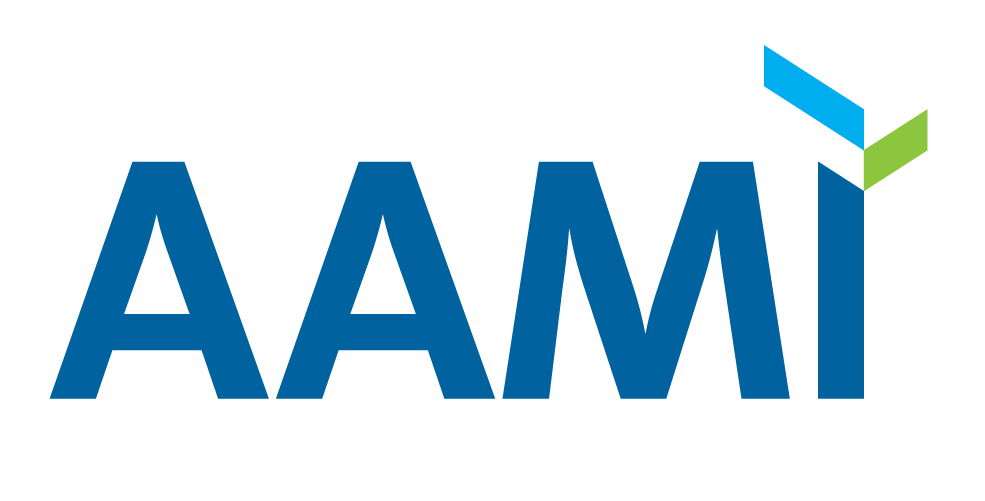Voting
7.1 Vote
Each member shall vote one position on a ballot. Voting options shall match those given for the technical question (within reason) on the ISO ballot. In all but administrative matters, the reasons for a negative vote shall be given and should include specific wording or actions which would resolve the objection.
7.2 Vote of Alternate
An alternate's vote is counted only if the principal representative fails to vote.
7.3 Voting Period
The voting period for letter ballots shall be established to allow for timely response to international time limits. An extension may be granted at the option of the chairman or administrator when warranted (e.g., when the requirements for approval or disapproval specified by 7.5 or 7.6 are not achieved).
7.4 Authorization of Letter Ballots
A letter ballot may be authorized by:
- Majority vote of those present at a U.S. TAG meeting
- The chairman
- The U.S. TAG Administrator
- Petition of five members of the U.S. TAG or a majority of the U.S. TAG, whichever is less
7.5 Actions Requiring Confirmation or Approval by Majority
The following actions require confirmation by the U.S. TAG or, if formal objections are received, to approval by a letter ballot or an equivalent formal recorded vote with approval by at least a majority of the U.S. TAG membership:
- Approval of officers appointed by the administrator or nominated by members of the U.S. TAG
- Formation of a standing subgroup, including its procedures, scope, and duties
- Disbandment of a subgroup
- Approval of minutes
- Other actions of the committee not specified elsewhere
7.6 Actions Requiring Approval by Two-Thirds of Those Voting
The following actions must be approved by at least two-thirds of those voting by letter ballot, excluding abstentions or, if at a meeting, by two-thirds of those present, excluding abstentions, provided that a majority of the total voting membership of the U.S. TAG is present: (If a majority is not present, the vote shall be confirmed by letter ballot.)
- Adoption of U.S. TAG procedures, categories of interests, or revisions thereof
- Approval of a recommendation to change the U.S. TAG scope
- Approval of U.S. position on technical matters brought before the U.S. TAG (i.e., NP, CD, DIS, FDIS)
- Approval of a recommendation to terminate the U.S. TAG
The TAG Administrator shall report successful ballots on items 1, 2 and 4 to the ANSI ExSC, along with its views on the action.
7.7 Consideration of Views and Objections on Letter Ballots
The administrator of the U.S. TAG shall forward the views and objections received to the chairman of the U.S. TAG, or his designee. The administrator, in consultation with the chairman, shall determine whether the expressed views and objections shall be considered by telephone, correspondence, or at a meeting.
Prompt consideration shall be given to the expressed views and objections of all participants including those commenting on a draft international standard (DIS) listing in Standards Action. A concerted effort to resolve all expressed objections shall be made, and each objector shall be advised of the disposition of the objection and the reasons therefor.
Substantive changes required to resolve objections, and unresolved objections, shall be reported to the U.S. TAG members to afford all members an opportunity within appropriate time limits to respond, to reaffirm, or to change their position.
7.8 Report of Final Result
The final result of the voting shall be reported to the U.S. TAG.
7.9 Submittal of U.S. Position
Upon completion of the procedures for voting, consideration of views and objections, and appeals, the U.S. position, which represents the U.S. consensus, shall be submitted to ANSI by the U.S. TAG Administrator. ANSI, as the official ISO member body, is responsible for providing the U.S. position to ISO.
7.10 Information Submitted
The information supplied to ANSI shall include:
- Title and designation of the document.
- Indication of the type of action requested (for example, approval of a new draft international standard or reaffirmation, revision, or withdrawal of an existing draft international standard, questionnaire, etc.).
- Status of any appeal action related to approval of the proposed U.S. position.
- A summary of the voting and U.S. TAG member responses.
A complete breakdown of all votes will be made available upon request.
